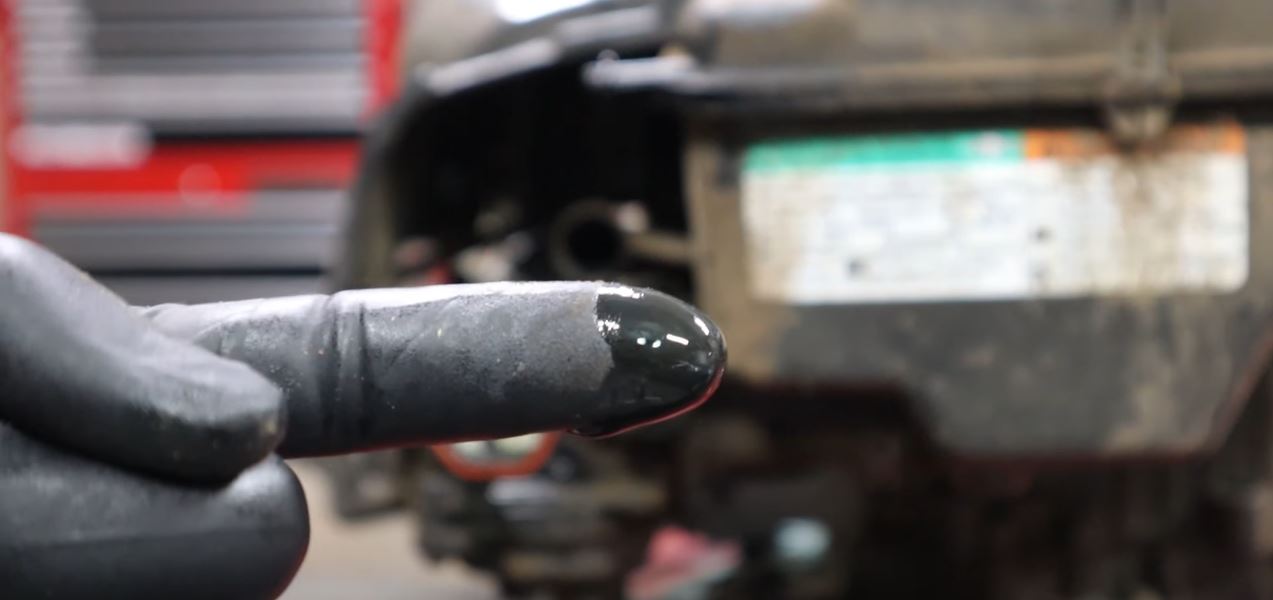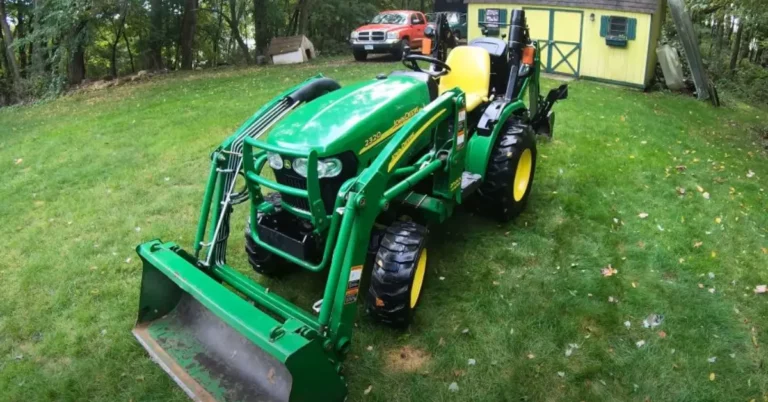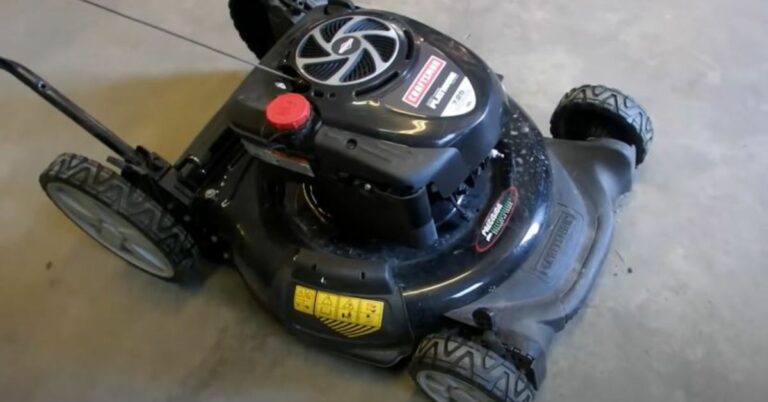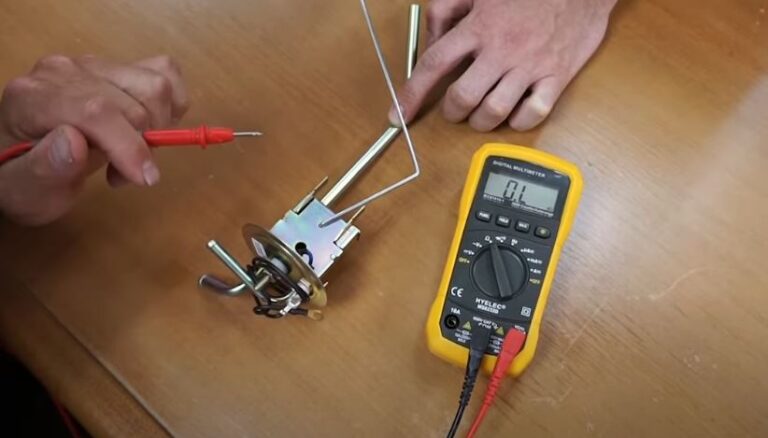Briggs and Stratton Oil Leak Problems
Briggs and Stratton’s engines are well-known for their dependability and durability. However, some users have reported oil leaks with these engines.
Oil leaks not only reduce the performance of the engine but also pose a safety risk and can affect the environment.
A few common causes of these oil leaks include Faulty Seals, Broken Gaskets, Worn-out components, or, sometimes, manufacturing errors.
In this article, I will walk you through the causes of oil leaks, how to identify and troubleshoot them, and preventive measures to avoid such issues. Let’s get started.
Common Causes of Oil Leaks in Briggs and Stratton Engines
Oil leaks in Briggs and Stratton engines are frequently caused by a number of factors. It is critical to identify these causes in order to effectively troubleshoot and resolve the problem.
The following are the most common causes of oil leaks in Briggs and Stratton engines:
1. Faulty Seals
- Crankshaft seals can deteriorate or wear out over time. This seal is in charge of keeping the crankshaft from losing oil. If the seal gets damaged, the oil may leak.
- Wearing or damaged valve stem seals can result in oil leaks in Briggs and Stratton engines with overhead valves.
- Oil is kept out of the combustion chamber by these seals, which are positioned around the valve stems. When they fail, oil can leak into the combustion area or leak out into the environment.
2. Broken Gaskets
- The valve cover gasket is responsible for maintaining the seal between the valve cover and the engine block. If this gasket is damaged or cracks, oil can escape through the gaps and cause leaks.
- The engine block and oil pan are sealed together by the oil pan gasket. If this gasket deteriorates or becomes damaged, it can cause oil leakage from the engine’s bottom.
Also Read: How to Fix Briggs and Stratton Governor Problems?
3. Worn-Out Components
- Wear or damage to the piston rings can result in oil leaks. These rings support the combustion chamber’s seal and prevent oil from entering. When they wear out, oil can bypass the rings and cause leaks.
- Oil can leak from the area where the cylinder head attaches to the engine block if the cylinder head gasket is damaged or faulty. The combustion chamber and coolant passages are sealed by this gasket.
4. Manufacturing Errors
Manufacturing flaws or errors during assembly can cause oil leaks in some cases. These flaws include improperly installed gaskets, seals, or components.
Even though they are less frequent, manufacturing flaws should be taken into account after ruling out all other causes.
Identifying Oil Leaks in Briggs and Stratton Engine

Take these when looking for oil leaks:
Signs of Oil Leakage
- Look for visible signs of oil stains or puddles around the engine or underneath the mower. Examine the area where the engine is normally parked or stored.
- Keep an eye out for any strong oil odors coming from the engine. An oily odor can indicate a leak.
- If you notice your Briggs and Stratton engine using more oil than usual, it could be a sign of an oil leak. Keep an eye on the oil level and note any significant decreases between oil changes.
Identifying the Source of the Leak
- Before attempting to find the leak’s source, the engine must be thoroughly cleaned. It is critical to thoroughly clean the engine before attempting to locate the source of the leak.
- Remove dirt, sludge, and oil residue with a detergent and a brush. A clean engine makes it easier to locate the source of the leak.
- Carefully examine the engine from top to bottom, focusing on areas vulnerable to oil leaks, such as gaskets, seals, and connections. Look for any fresh oil or wet spots that indicate an active leak.
- In some cases, the cause of a leak may be hidden or inaccessible. Inspect these areas with a mirror and flashlight, such as under the engine or behind components.
- Keep an eye out for any indications of oil leakage while the engine is running. Examine areas near gaskets, seals, and connections for signs of oil seepage or dripping.
Troubleshooting and Repairing Oil Leak Problems
Once you have identified an oil leak in your Briggs and Stratton engine, it’s time to take the necessary measures to diagnose and fix the problem.
Here’s a step-by-step guide to dealing with oil leaks effectively:
1. Inspecting Gaskets and Seals
Begin by looking for signs of damage, cracks, or wear on the valve cover gasket. If you discover any problems, replace the gasket as instructed by the manufacturer.
Check for leaks in the crankshaft seal. The seal must be replaced if it starts to wear out or become damaged.
For the proper seal replacement procedure, consult the engine manual or seek professional assistance.
2. Tightening Loose Connections
Examine all engine connections and fittings, such as oil lines, drain plugs, and filter housings. Make sure they are securely tightened to prevent oil leaks. Avoid overtightening to avoid damaging the components.
3. Cleaning the Engine
Clean the engine again before moving forward with repairs to remove any oil residue. A clean engine will give you better visibility and prevent contaminants from disrupting the repair process.
4. Replacing Damaged Parts
If the inspection reveals damaged or worn-out gaskets or seals, replace them with new ones and make sure they are specifically designed for your Briggs and Stratton engine.
Follow the manufacturer’s instructions or seek professional help for the correct replacement procedure.
Oil leaks can sometimes be attributed to worn components such as piston rings or cylinder head gaskets.
If these components are determined to be the source of the leak, consult the engine manual or a professional technician to replace them.
5. Following the Maintenance and Repair Schedule
To prevent future oil leaks, it is crucial to adhere to the maintenance and repair schedule recommended by Briggs and Stratton.
Regularly check and replace engine oil, filters, and other parts according to the manual’s instructions. This helps maintain the engine’s integrity and reduces the likelihood of oil leaks.
Preventing Oil Leaks in the Future
Preventing oil leaks in Briggs and Stratton engines is critical to maintaining their performance and prolonging their lifespan.
By implementing preventive measures, you can minimize the risk of oil leaks and ensure the smooth operation of your engine. Here are some important steps to take:
- Stick to the maintenance schedule in the engine manual. This covers regular checks, oil changes, filter replacements, and other advised maintenance procedures.
- Make sure your engine’s oil level is within the recommended range by checking it frequently. Avoid overfilling, as it can lead to excess pressure and potential leaks.
- Always use high-quality oil that meets the specifications of the manufacturer. Using the recommended oil type and viscosity gives proper lubrication and reduces the chances of oil leaks.
- Check your gaskets and seals frequently for wear, cracking, or other damage. Any defective gaskets or seals should be changed as soon as possible to avoid oil leaks.
- When installing new gaskets or seals, follow the manufacturer’s instructions to ensure proper fitment and sealing.
- Check all engine connections, fittings, and fasteners, such as oil lines, drain plugs, and filter housing. Ensure they are securely tightened, but avoid overtightening, which risks damaging the components.
- Handle the engine cautiously to avoid damaging gaskets, seals, and other components. Avoid impacts, excessive vibrations, and rough handling, which lead to leaks.
- Before storing the engine for a very long period of time, drain the fuel and oil according to the manufacturer’s instructions. This helps to prevent the degradation of stale fuel and oil, which can contribute to leaks.
Frequently Asked Questions
What are the common causes of oil leaks in Briggs and Stratton engines?
Worn-out gaskets and seals, damaged components, faulty crankshaft seals, and manufacturing flaws can all cause oil leaks in Briggs and Stratton engines.
You need to promptly Identify and address these issues, which can help prevent oil leaks and maintain engine performance.
How can I identify oil leaks in my Briggs and Stratton engine?
To find leaks, examine the engine for evidence of oil residue or drips. Take special care with gaskets, seals, and connections.
Clean the engine thoroughly and check the oil levels regularly. If you notice any oil buildup or leaks, you must take the necessary repair steps to address the problem.
How can I prevent oil leaks in my Briggs and Stratton engine?
Preventive measures include sticking to the engine’s maintenance schedule, regularly checking oil levels, using high-quality oil, inspecting and replacing gaskets and seals, and avoiding overfilling.
It’s also essential to properly handle, store carefully, and seek professional assistance to prevent oil leaks and ensure optimal engine performance.
Conclusion
It is critical to address oil leak issues in Briggs and Stratton engines to maintain performance and durability.
You can reduce the risk of oil leaks and ensure the smooth operation of your engine by understanding common causes, identifying leaks, troubleshooting and repairing issues, and implementing preventive measures.
Regular maintenance, proper handling, and timely professional assistance are essential for preventing oil leaks and extending the life of your Briggs and Stratton engine.

![7 Common Kubota Zero Turn Mower Problems [Fixed]](https://yardcurator.com/wp-content/uploads/2023/01/7-Common-Kubota-Zero-Turn-Mower-Problems-Fixed-768x385.webp)




